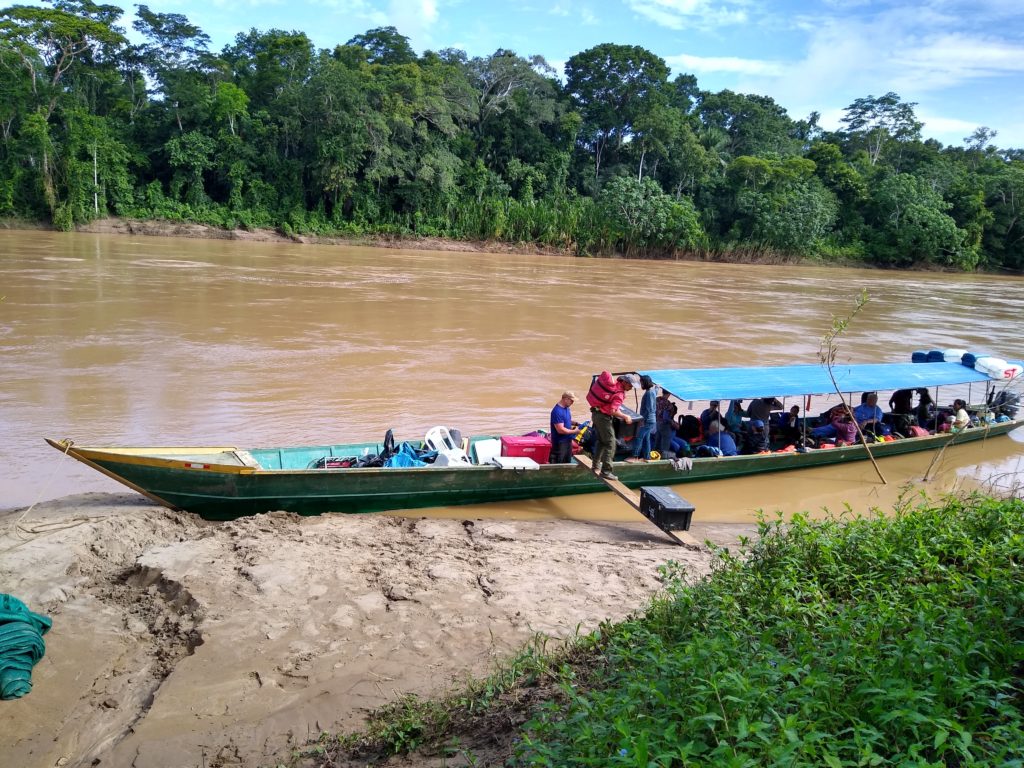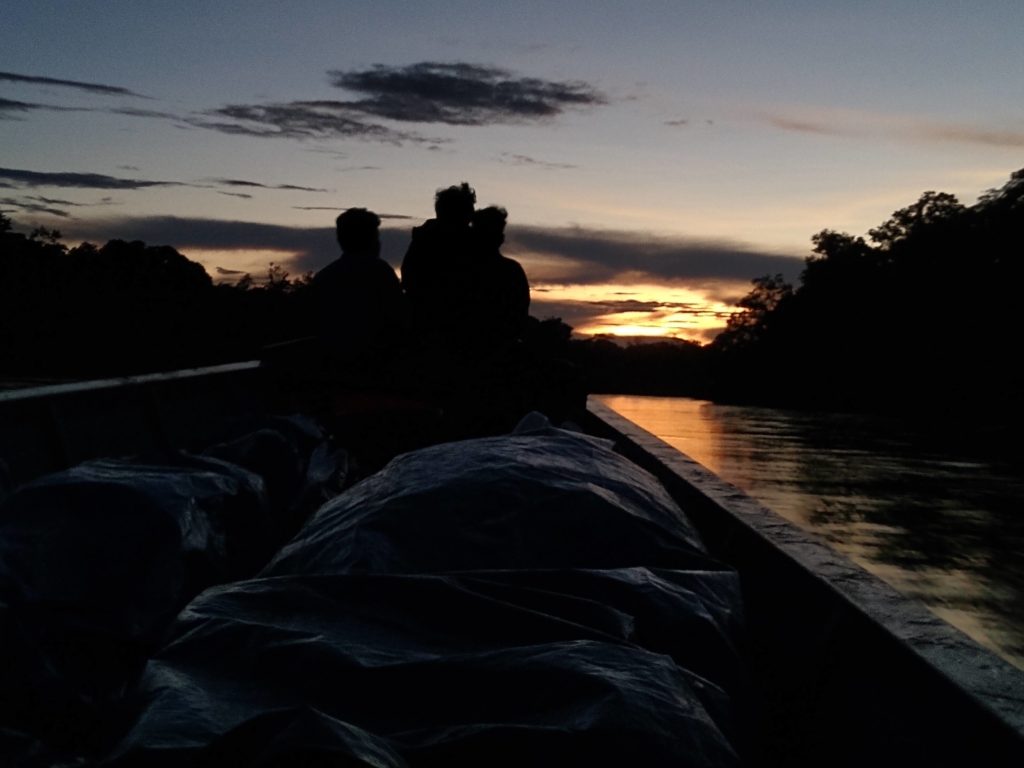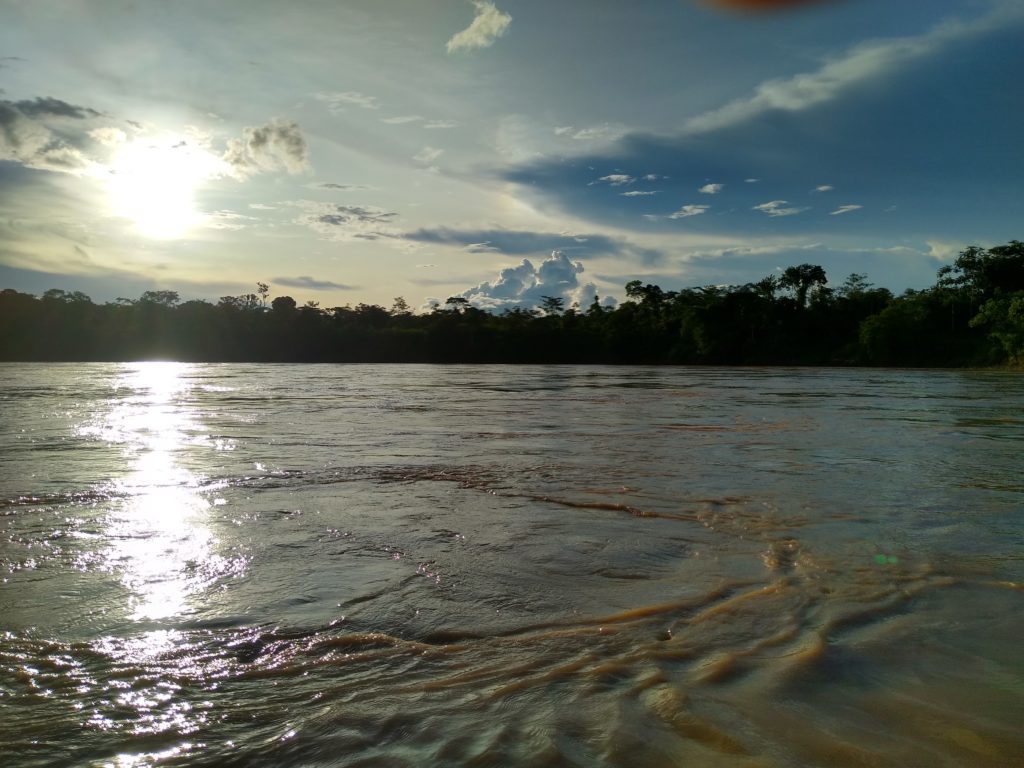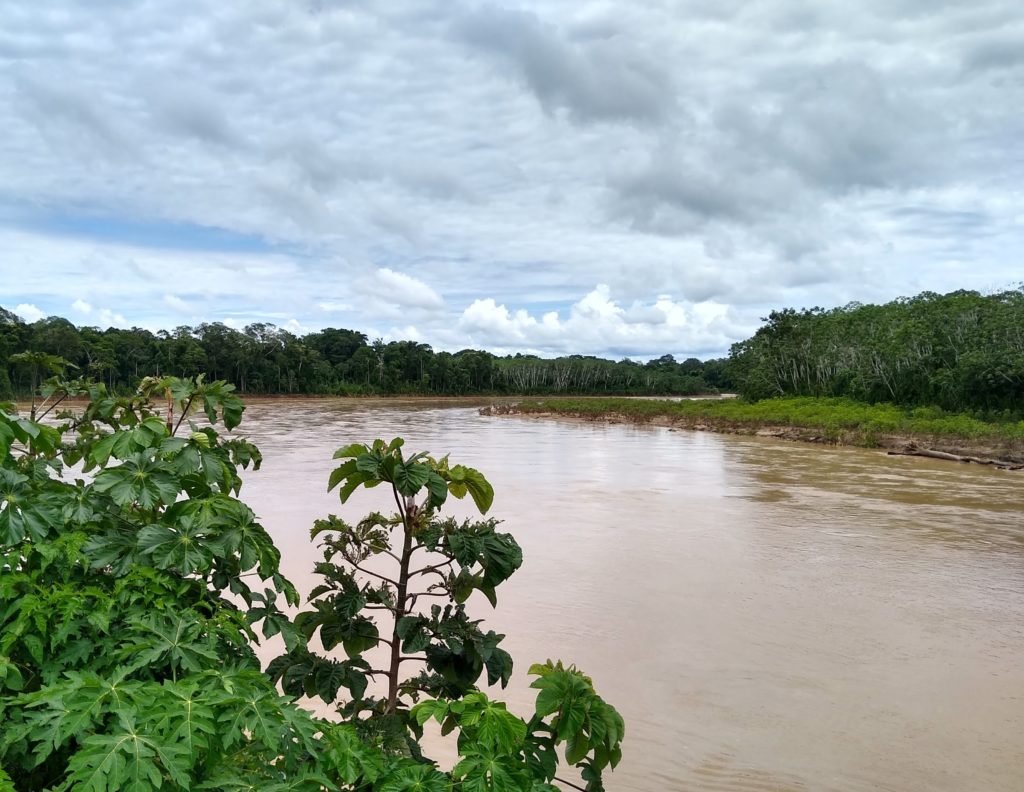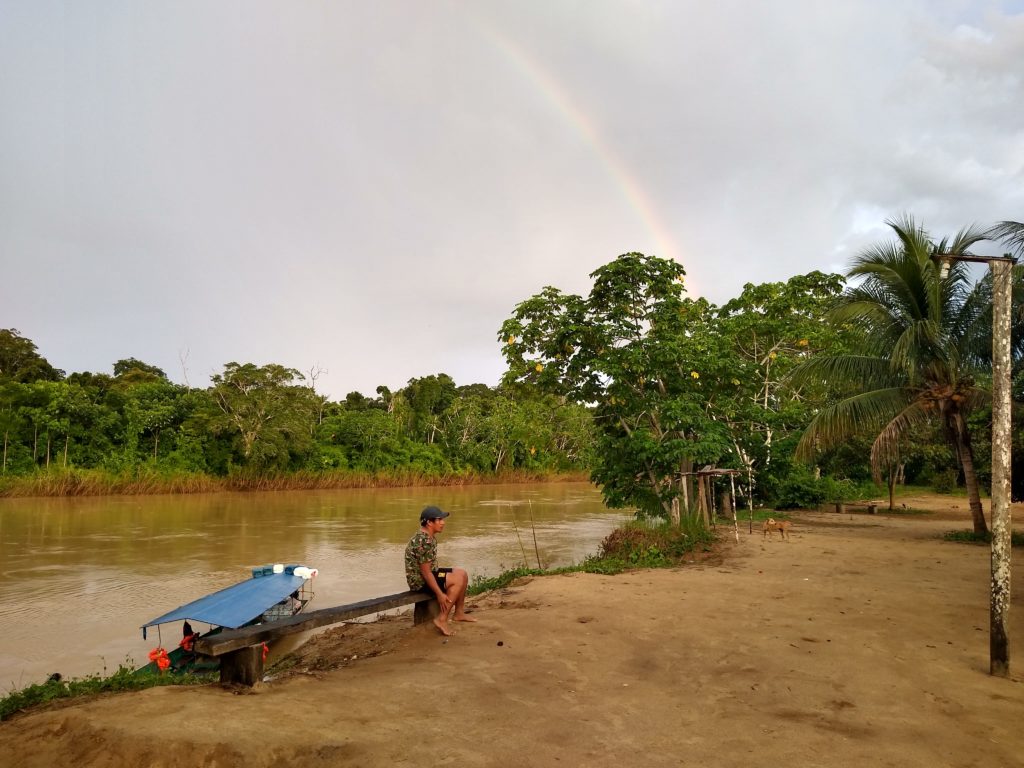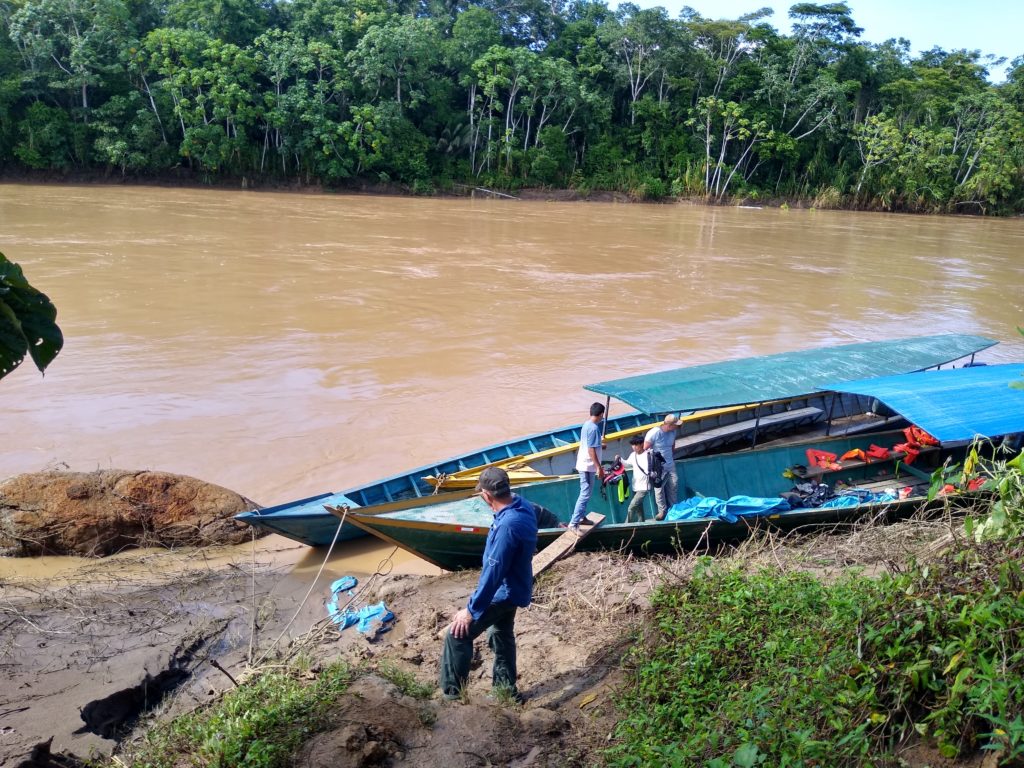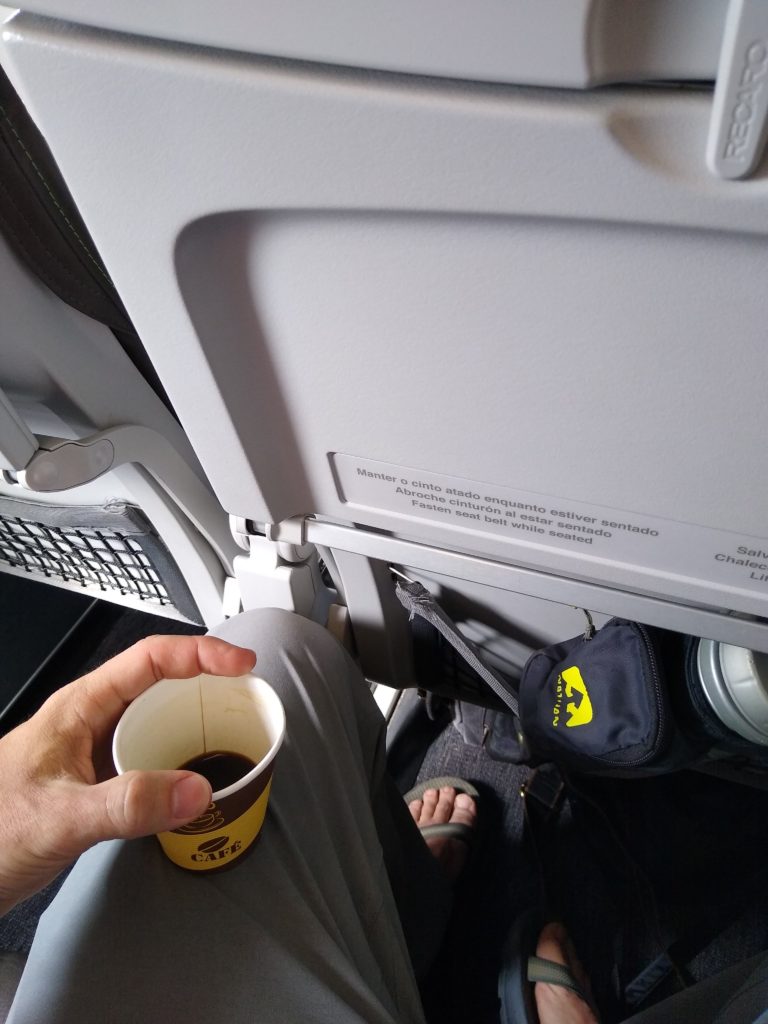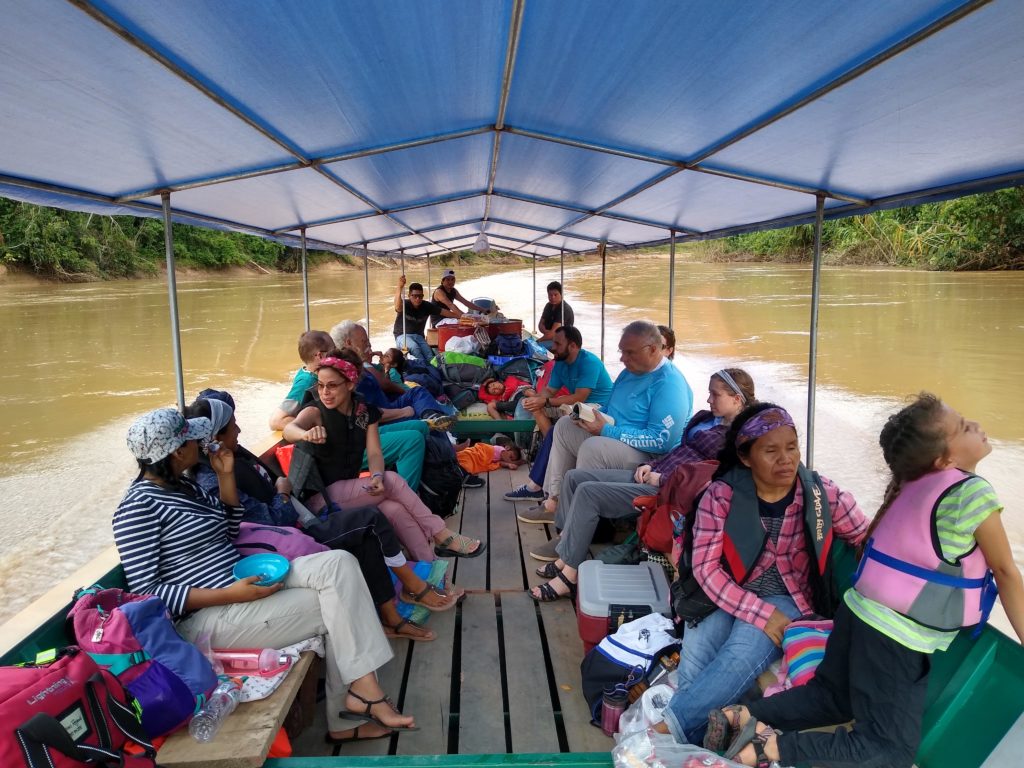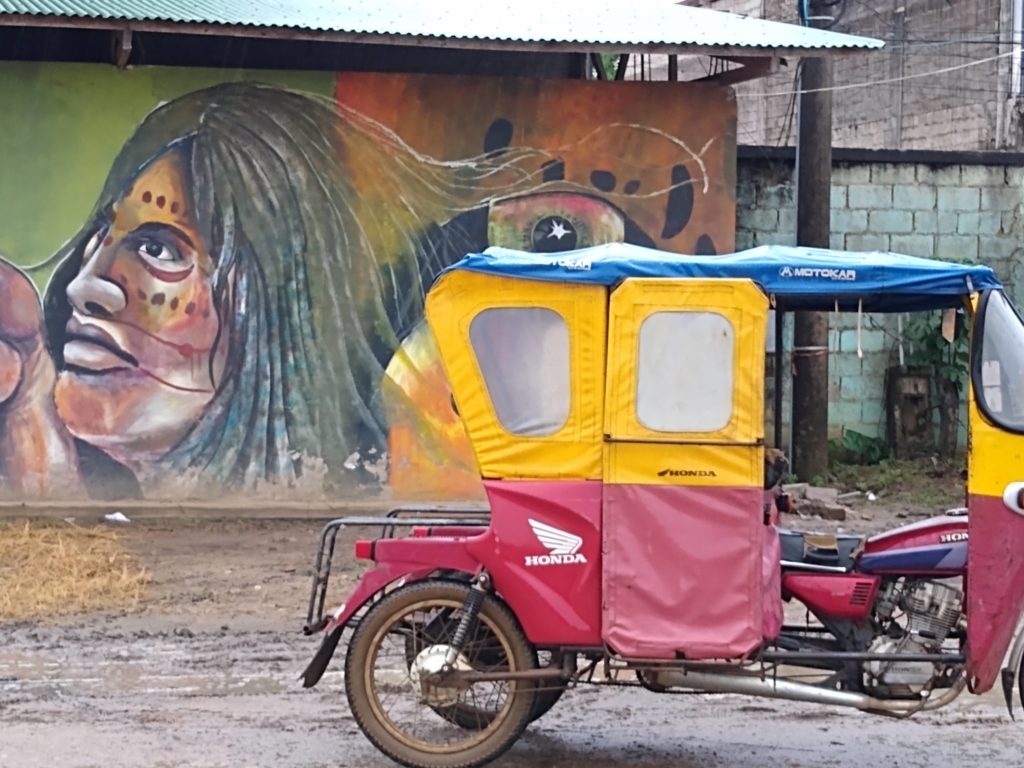
Travel Journal, 129
I was hoping that this wouldn’t happen. The news coming out of Peru had been dodgy at best. But the medical campaign to the jungle of Peru has been rescheduled.
For the past three months, the Peruvian government has been in a bit of an upheaval. It’s convoluted and wild. But to make a long story short, the now ex-president Pedro Castillo faced an impeachment vote that would undoubtably remove him from office. He has not been a very popular guy. It always seems to boil down to corruption. He has been repeatedly accused of corruption and lies since even before he came into office. The result was that, as the looming impeachment came to a head, he decided that he would dissolve the Peruvian congress.
Bold move.
The wrong move, but it was still pretty bold.
He was arrested and his vice president became Peru’s first female president. But this is a South American story about politics. So needless to say, there is no “good guy.”
Protests and roadblocks have made travel difficult. Supply chains are struggling, if not completely broken. One of the most important assets to our endeavor is gasoline for the boat. No gas, no travel, no clinics. This was one of contributing factors to rescheduling the trip.
But the last straw, as it were, was that the local department of health did not approve our medical papers to operate our mobile clinics. This is all due to the civil unrest that is making life very difficult in Peru.
Having to reschedule is disappointing. But we are praying that the political situation there improves soon so we can do the work we’re called to do. People need to hear of the Great Physician. His ways and thoughts are far higher and greater than ours. And He will get us into the jungle in His time.
Please continue to pray for the medical campaign in Peru. I will keep you posted with further info as the time draws near.
anthony forrest
Check out the rest of this series:

